 |
 |
 |
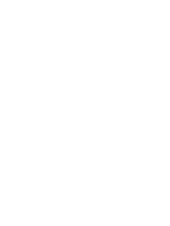
|
Jean-Désiré Leblond (active mid- to late 19th century), Patent for improvements to a life-size artist’s mannequin, 1849?Graphite, pen and ink, and wash on tracing paper, laid down, 457 x 300 mm?Archives, Institut National de la Propriété Industrielle (INPI), Paris
|
|
 |
Silent Partners: Artist and Mannequin from Function to Fetish
Secret lives of the mannequin revealed at the Fitzwilliam Museum
14/10/2014-25/1/2015
Curated by Jane Munro
Life-size mannequins, dolls and over 180 remarkable artworks from collections across the world will be going on display in Cambridge this autumn, as the Fitzwilliam Museum announces the final details of its major 2014 exhibition Silent Partners: Artist and Mannequin from Function to Fetish.
Silent Partners is the first exhibition ever to uncover the evolution and widespread use of the artist’s mannequin, or ‘lay figure’. It will show how, from being an inconspicuous studio tool, a piece of equipment as necessary as easel, pigments and brushes, the lay figure became the fetishised subject of the artist’s painting, and eventually, in the 20th century, a work of art in its own right.
|

|
Posted 24 November 2014
|
Share this:
|
|
The world of the mannequin was strange, surprising and riddled with contradictions. Artists at once recommended them and warned of the dangers of their over-use. In 19th century Paris, the centre of the mannequin-making industry, extraordinary levels of inventiveness were devoted to making and ‘perfecting’ the life-size mannequin, with the aim of making it an ever-closer approximation of ‘the human machine’. Available as female and children, these figures were eerily realistic with articulated skeletons and padded exteriors, designed to have increasingly fluid movements only to be keyed into position to retain a pose. Paradoxically, even Realist painters like Gustave Courbet and the Pre-Raphaelites used these artificial figures to make their paintings ‘truer’ to nature.
|
|
|
|
|
|
|
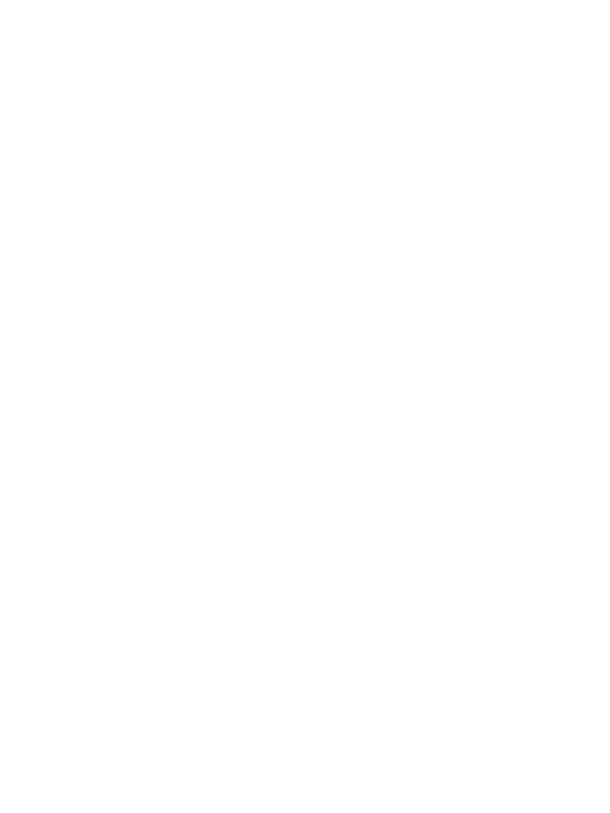
Thomas A. Edison (1847–1941), Edison’s Phonographic Doll, 1890–1900
Bisque head, metal body, wooden limbs, glass eyes, hair wig, cotton dress, phonograph, H.53.5 cm, Private Collection
Photo: Hilde Carling
|
|
|
|
|
|
Studio secrets of the artist-mannequin relationship – some unexpected, others downright shocking - will be revealed through works by painters such as Fra Bartolommeo, Thomas Gainsborough, David Wilkie, Paul Cézanne, Ford Madox Brown, Walter Sickert and many others. Who would guess that John Everett Millais hired a child mannequin with an optionally attached head to stand in for his daughters in two enchanting paintings of children’s bedtime? More bizarre and disturbing is the account of Oskar Kokoschka and his custom-made love doll ‘fetisch’, in the image his ex-lover, Alma Mahler: an object of erotic longing he generated first to worship, then to eliminate.

|

|

|

|

|
|
|
Unknown maker (French, 19th century), Lay figure, ‘Child no. 98’, mid-19th century
Wood, metal, coir or horsehair stuffing, cotton stockinette and painted papier mâché head, Roberson Archive, Hamilton Kerr Institute
© Hamilton Kerr Institute, Fitzwilliam Museum, Cambridge. Photo: Chris Titmus
|
|
|
|
|
Unknown maker (British, mid-18th century), Fashion doll with costume and accessories, 1755–60
Wood, gesso, paint, glass, human hair, knitted cotton, satin, silk, gilt braid, wire, silk gauze, linen, cotton, and silk satin, H.60 x W.42 x D.43 cm, Victoria and Albert Museum, London
© Victoria and Albert Museum, London
|
|
|
|
|
José María Sert (1874–1945), Photographic study for The Triumphs of Humanity, 1937?Gelatin silver print, with highlights in black pastel squared up, 240 x 300 mm, Private Collection
Courtesy Galerie Michèle Chomette, Paris © José Maria Sert
|
|
|

|

|

|
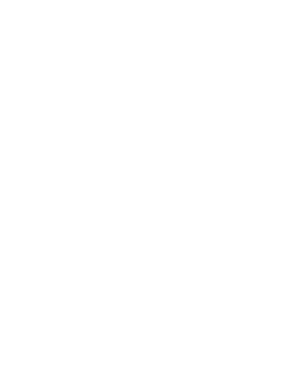
Paul Huot (French, active 1790s to 1820s), Female Mannequin, c. 1816
Wood, metal, horsehair, wax, silk, cotton and painted papier-mâché head, h. c. 163 cm, Museumslandschaft Hessen Kassel, Sammlung Angewandte Kunst
© Museumslandschaft Hessen Kassel, Sammlung Angewandte Kunst
|
|
From the Renaissance onwards mannequins were used by artists and sculptors to study perspective, arrange compositions, ‘rehearse’ the fall of light and shade and, especially, to paint drapery and clothing. But, while even the very greatest artists condoned its use, the mannequin best served its purpose by remaining ‘silent’: too present in the finished picture, it could make figures appear stiff and unnatural, and so betray the tricks of the artist’s trade. In the latter half of the 19th century the mannequin started to undergo a transformation from tool to icon and muse. At first it appeared in paintings humorously, and then more darkly, as artists such as Edgar Degas played on the presence in the studio of a figure that was lifelike, yet lifeless; realistic yet distinctly unreal. This more penetrating psychological approach to an extent reflects the then-widespread fascination with hysteria, widely familiar through case studies of the patients of the ‘Napoleon of neuroses’, Dr Jean-Martin Charcot, at La Salpêtrière hospital, Paris. Under hypnosis, these women left the indelible impression of being ‘mannequinised’, manipulated by the doctor as an artist would pose a lay figure.
|
|
|
|
|

|

|

|
As the demand for the artist’s lay figure fell away at the beginning of the 20th century, it was replaced in the creative imagination by the shop-window dummy. Trade catalogues by leading French mannequin-manufacturers and vintage wax display mannequins show how, in less than a generation these figures evolved from a cumbersome approximation of the human form to become sleek, abstract and self-styled ‘artistic creations’.
In the final section of Silent Partners the mannequin enters the modern age as a subject of fetishistic desire in photographs by Herbert List and Man Ray and as well as others by Hans Bellmer that explore the doll-like body dis-articulated and recomposed. The Surrealists’ fascination with these objects is shown in a group of photographs by Raoul Ubac and Denise Bellon of the ‘mannequin street’ created by artists such as André Masson and Salvador Dalí at the International Exhibition of Surrealism in Paris in 1938. Three characteristically provocative works by Jake and Dinos Chapman form a 21st century coda to this ‘pre-history’ of the on-going creative partnership between mannequin and artist.
|
|
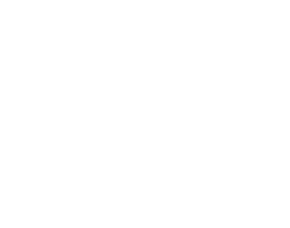
Jean-Eugène-Auguste Atget (1857–1927), Coiffeur, Palais Royal, 1926–7
Gold-toned albumen print from gelatin dry plate negative, c. 240 x 285 mm , Victoria and Albert Museum, London
© Victoria and Albert Museum, London
|
|
|
|

|

|

|
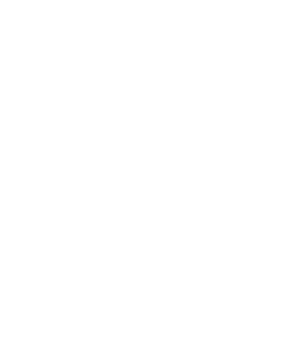
Wilhelm Trübner (1851–1917), Studio Interior, 1888
Oil on canvas, 104 x 88 cm, Museen der Stadt Nürnberg, Gemälde- und Skulpturensammlung
Germanisches Nationalmuseum, Nürnberg, photo: Jürgen Musolf
|
|
In a new initiative, visitors will be led to the exhibition by an installation pathway, linking Silent Partners to the permanent collections of the Museum in a series of original and thought-provoking interventions. Among these will be a recreation of the ‘grande machine’ used by Nicolas Poussin to ‘test’ his compositions with small figurines, replicating his masterpiece Extreme Unction (1638-40), recently acquired by the Fitzwilliam with the support of the Heritage Lottery Fund and Art Fund.
Silent Partners will feature a diverse range of works: paintings and drawings, books, dolls, films, photographs, a series of extraordinary patent documents and videos that will surprise and at times disturb. But among the most striking and fascinating exhibits will be the mannequins themselves: from beautifully carved 16th century small-scale figurines to haunting wooden effigies, painted dolls of full human height and top-of-the range ‘stuffed Parisian’ lay figures that were sought after by artists throughout Europe.
|
|
|
|
|

|

|

|
The exhibition will be travelling on to the Musée Bourdelle, Paris following its run in the UK, and is accompanied by a lavishly illustrated book published by Yale University Press.
Visitor information
Fitzwilliam Museum, Trumpington Street, Cambridge CB2 1RB
FREE ADMISSION
OPEN: Tuesday - Saturday: 10.00 - 17.00
Sundays and Bank Holiday Mondays: 12.00 - 17.00
CLOSED: 24-26 & 31 December and 1 January
Silent Partners book
The articulated human figure made of wax or wood has been a common tool in artistic practice since the 16th century. Its mobile limbs enable the artist to study anatomical proportion, fix a pose at will, and perfect the depiction of drapery and clothing. Over the course of the 19th century the mannequin gradually emerged from the studio to become the artist’s subject, at first humorously, then in more complicated ways, playing on the unnerving psychological presence of a figure that was realistic, yet unreal lifelike, yet lifeless.
Silent Partners locates the artist’s mannequin within the context of an expanding universe of effigies, avatars, dolls and shop window dummies. Generously illustrated, this book features works by such artists as Poussin, Gainsborough, Degas, Courbet, Cézanne, Kokoschka, Dalí, Man Ray, and others; the astute, perceptive text examines their range of responses to the uncanny and highly suggestive potential of the mannequin.
Silent Partners: Artist and Mannequin from Function to Fetish
Author Jane Munro
ISBN 13: 978 0 300 20822 1
Publication date: October 2014
Published by Yale University Press
|
|
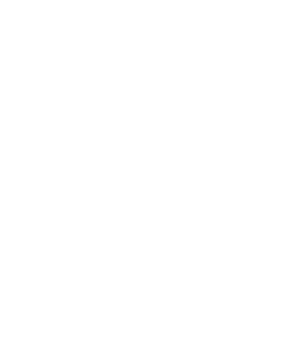
Herbert List (1903–1975), Sklavin 1 (Female Slave 1), 1936
Gelatin silver print, 267 x 196 mm, Münchner Stadtmuseum, Sammlung Fotografie, Munich
© M. Scheler- Herbert List Estate, Hamburg/ Müncher Stadtmuseum, Munich
|
|
|
|
|
|
Fatal consequences: The Chapman Brothers and Goya’s Disasters of War
14 October 2014 - 8 February 2015
The series of 83 etchings The Disasters of War (1999) by Jake and Dinos Chapman adapts and subverts Goya’s series of the same title, but also serves as a comment on war and cruelty in its own right. This exhibition shows how the artists continued to manipulate the imagery and impact by printing a second version in white ink on black paper, and a third version on pages from a child’s colouring book, with chilling and sometimes comic effect. Fatal Consequences is designed to complement the concurrent Silent Partners exhibition, which also includes the Chapman Brothers’ work. It is part of a sequence of exhibitions on the theme of war marking the centenary of the First World War, and in this case also marking the 200th anniversary of the Spanish Peninsular War, which was the subject of Goya’s series.
Curating Cambridge: our city, our stories, our stuff
Monday 20 October – Sunday 23 November 2014
To curate is to select, to organise and to care for objects but what does it mean to you? Displaying sea shells collected on holiday on a window sill? Developing a blockbuster art exhibition? Planting a riot of colourful flowers in the garden? Programming a season of theatre performances? Commissioning art for public spaces? Join us on a journey of exploration into the culture, community, passion, diversity, vision and individuality that makes Cambridge what it is. Curating Cambridge: our city, our stories, our stuff is presented by the University of Cambridge Museums with the Festival of Ideas, cultural partners and community organisations.
www.curatingcambridge.org.uk
|

|

|

|
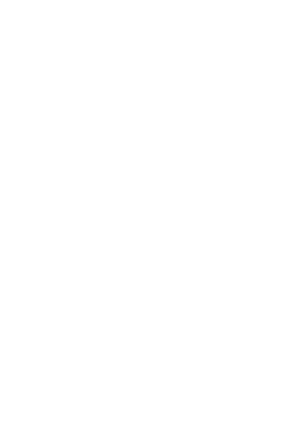
Wax bust by Pierre Imans, 1910s–20s
Wax, paint, residual hair, and silk ribbon and cotton net base for wig, resin eyes, H.56 x W.44.5 x D. 21 cm, Fashion Museum, Bath
© Fashion Museum, Bath and North East Somerset Council
|
|
The Fitzwilliam Museum
Founded in 1816 the Fitzwilliam is the principal museum of the University of Cambridge and leads the University of Cambridge Museums (UCM) Major Partner Museum consortium. The Fitzwilliam’s collections explore world history and art from antiquity to the present day. It houses over half a million objects from ancient Egyptian, Greek and Roman artefacts, to medieval illuminated manuscripts, masterpiece paintings from the Renaissance to the 21st century, world class prints and drawings, and outstanding collections of applied arts, ceramics, coins, and Asian arts. The Fitzwilliam presents a wide ranging public programme of major exhibitions, events and education activities, and is an internationally recognised institute of learning, research and conservation. The Fitzwilliam Museum gratefully acknowledges its many funders and supporters, including the University of Cambridge, the Higher Education Funding Council for England (HEFCE)'s Museums, Galleries and Collections Fund, Arts Council England's Major Partner Museum programme and Cambridge City Council.
The Fitzwilliam Museum
Trumpington Street
Cambridge CB2 1RB, United Kingdom
+44 (0)1223-332900
cam.ac.uk
|
|
|
|
|
|
|
|
|
|


